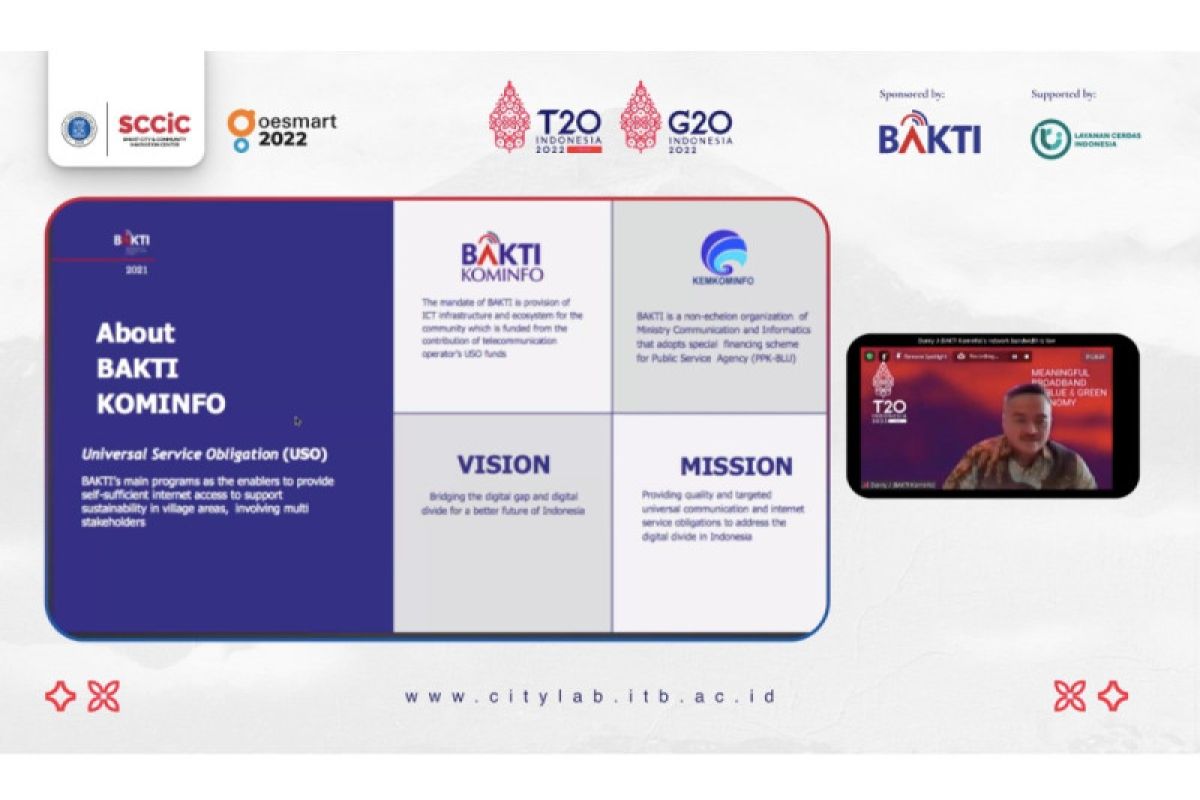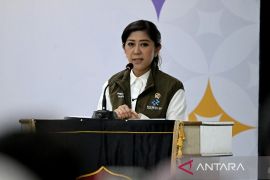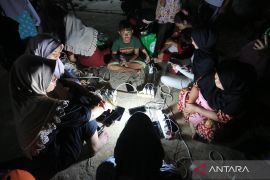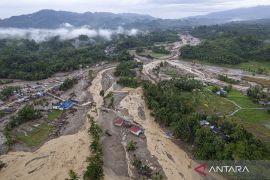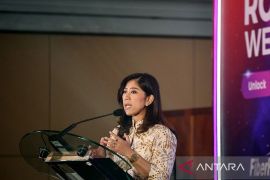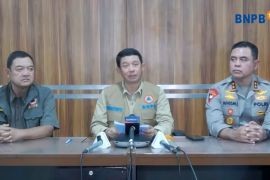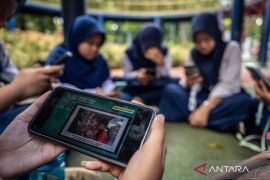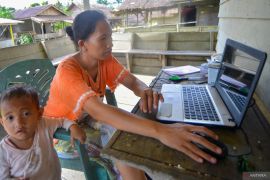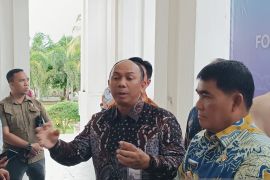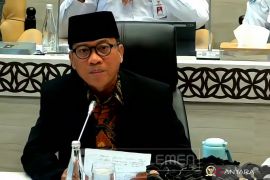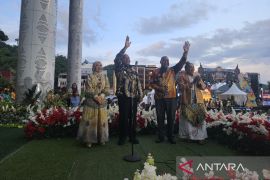Digital gap remains our biggest challengeJakarta (ANTARA) - The Communication and Informatics Ministry's Telecommunication and Information Accessibility Agency (BAKTI) is striving to close the digital gap in Indonesia, as part of the digital transformation agenda, so that everyone can connect to the Internet.
"Digital gap remains our biggest challenge," director of BAKTI's Telecommunication and Information Service for the Public and Government, Danny Januar Ismawan, during the ‘Meaningful Broadband for Blue and Green Economy’ T20 webinar on Tuesday.
According to the agency's records, there are 12,548 villages that cannot be reached by 4G cellular services. The total number of villages in Indonesia stands at 83,218.
At the Indonesian G20 Presidency's Engagement Group webinar, BAKTI outlined five main programs to close the digital gap.
The first program concerns the development of the Palapa Ring backbone network that was completed in 2019.
The fiber optic cable-based network and radio microwave network stretches 12,229 kilometers and connects 90 districts or cities in the 3T (outermost, remote, and underdeveloped) regions.
The second program revolves around the construction of 4G base transceiver stations (BTS) in 3T regions. By the end of this year, BAKTI aims to build BTS towers in 7,904 locations.
The third program concerns the provision of Internet access for public facilities, such as schools, village offices, and health service facilities.
For this program, BAKTI will utilize fiber optic technology, radio network, WiFi, and satellite-based Internet, or VSAT, so that the locations can be connected to Internet networks.
Until the second quarter of 2020, 11,589 public service spots with Internet access have been established.
The fourth program pertains to strengthening the digital ecosystem, especially in 3T regions. For this program, BAKTI is cooperating with a number of institutions to provide training and guidance in ways to utilize telecommunication facilities.
The last program concerns the multifunction satellite SATRIA-1, which is scheduled to be placed into orbit in 2023.
Once operational, the satellite will serve 150 thousand public service spots that have all this time remained unreachable by terrestrial broadband services.
Related news: Tech can help narrow economic gap in Society 5.0: ministry
Related news: Collaboration to plug the digital skills gap by 2025: APEC
Translator: Natisha A, Fadhli Ruhman
Editor: Suharto
Copyright © ANTARA 2022
